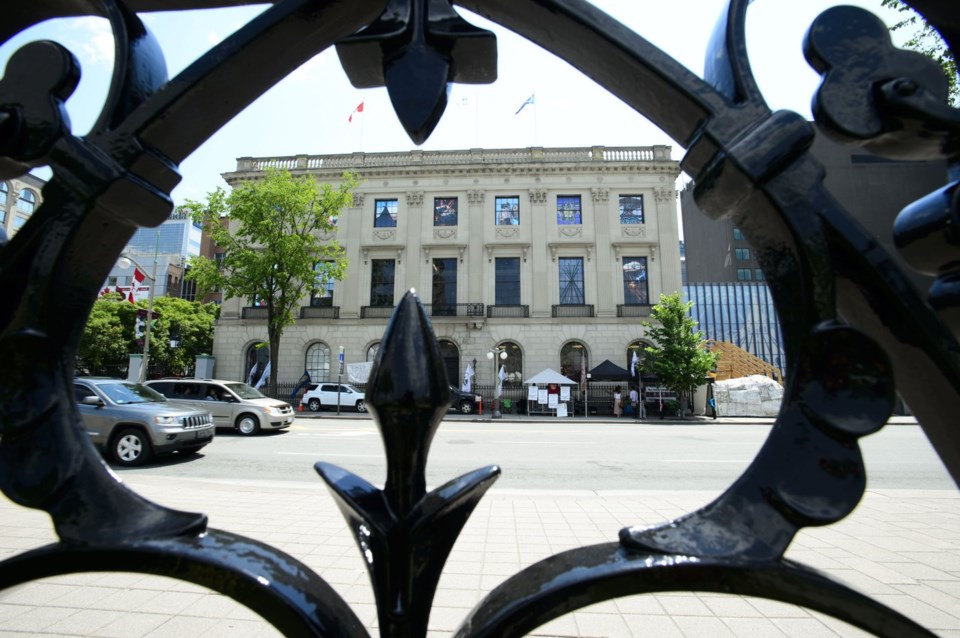OTTAWA — Algonquin leaders and the federal government have signed an agreement committing to a new space for Algonquin Peoples in Ottawa's parliamentary precinct, five years after the former grand chief staged a hunger and hydration strike in protest.
Verna Polson, who previously served as the grand chief of the Algonquin Anishinabeg Nation Tribal Council, refused both food and water as she camped out in front of the Indigenous Peoples building in Ottawa in July 2019. She was criticizing the federal government for not including space for her nation in the building designated for three national Indigenous organizations — the Assembly of First Nations, Inuit Tapiriit Kanatami and the Métis National Council.
She, and others who supported the cause, argued that as the building — and Ottawa at large — sits on top of her nation's unceded traditional territory, it only made sense they be included.
On Wednesday, an agreement borne out of her protest and advocacy for a space to be built beside the Indigenous Peoples building was formally signed.
"It's about time," said Polson, who stood beside her granddaughter.
"This is actually a small gesture to some, but to our nation — to me — it's very big. It's huge. Because now Canada knows they're on unceded Algonquin Anishinaabe Nation territory."
The new building will be located in a prominent spot along Wellington Street, directly in front of Centre Block, and beside the current Indigenous Peoples building.
Official plans for its usage and building design are still under development, but the goal is for the building to serve as a hub where Algonquin Peoples and leadership can congregate.
Current grand chief Savanna McGregor said the agreement is an act toward reconciliation, and that the space will be one future generations can be proud of.
"This agreement, it signifies Canada's commitment to us," she said.
Gary Anandasangaree, the minister of Crown-Indigenous relations, said it's a concrete example of land back, or the returning of land to Indigenous Peoples.
While a step forward, McGregor wants action beyond that parcel of land, highlighting land title claims from Algonquin nations.
"This is symbolic, for sure," said Anandasangaree. "But this is, I think, one of the very first steps to do this with Algonquin Peoples."
There is currently no timeline for when the building will open.
But the lack of concrete plans isn't stopping Polson from dreaming of what it could look like, including her joking it should include a photo of her, but not a statue.
"That's too colonial," she laughed, before saying current leadership promised one room will be named after her granddaughter.
As for her hunger and hydration strike, she said she'd do it again in a heartbeat if needed.
"I'm always there for our people," she said.
This report by The Canadian Press was first published June 5, 2024.
Alessia Passafiume, The Canadian Press




